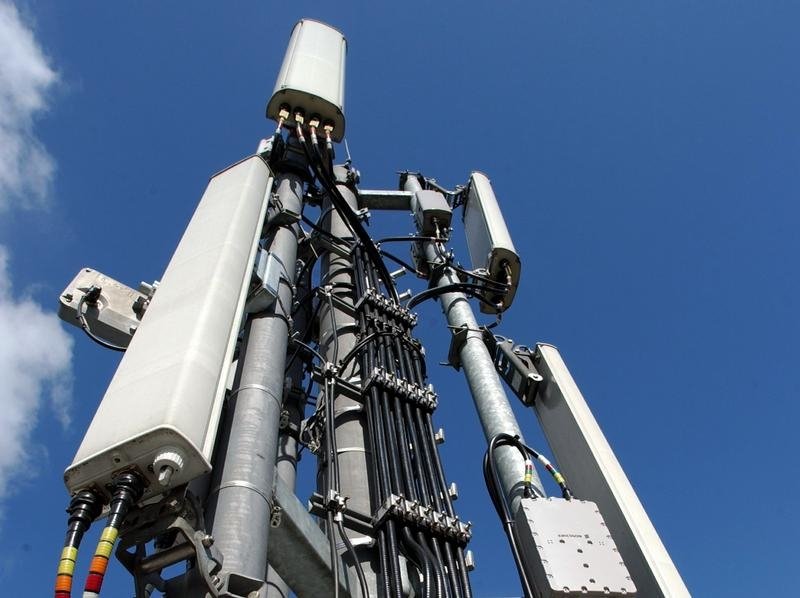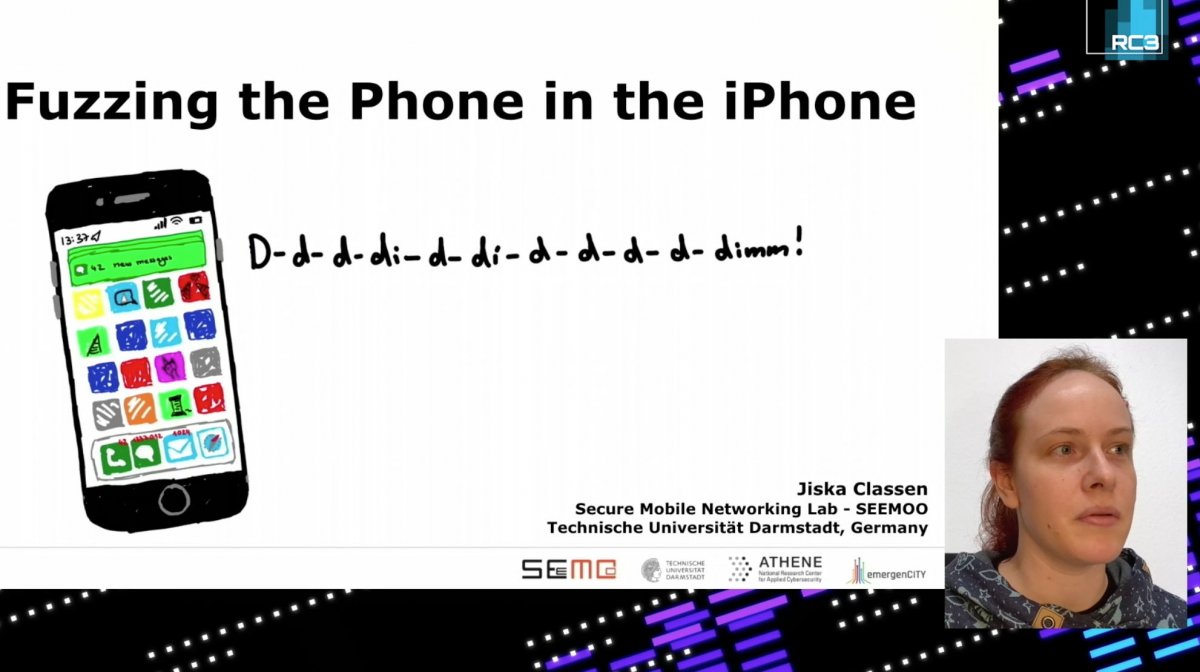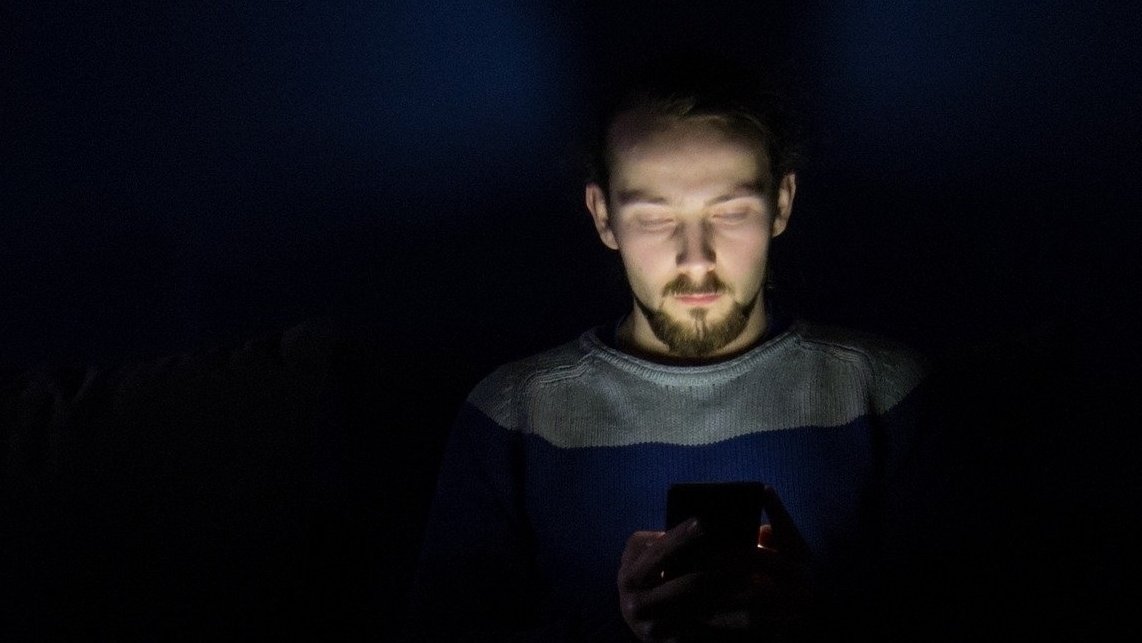The digital society association, which campaigns for civil rights and consumer protection in Switzerland, has achieved a stage victory in front of the Swiss Federal Supreme Court together with private complainants. The court overturned a previous judgment by the Federal Administrative Court. The judgment concerned the so-called radio and cable reconnaissance, with which the Federal Intelligence Service (NDB), in cooperation primarily with the Armed Forces Center for Electronic Operations (ZEO), monitors the telecommunications connections that lead from Switzerland to other countries. E-mail traffic and internet communication between Switzerland and other countries are then searched using keywords and IP addresses.
Monitoring of all people in Switzerland However, since a large part of the online communication of the Swiss population is routed via servers and networks abroad, ultimately all people are in residing in Switzerland and moving online affected by the surveillance measures.
Against this “cause-free and suspect-independent mass surveillance”, according to the digital society, the same began to take action on the grounds that the radio and cable intelligence was violating the fundamental rights enshrined in the Federal Constitution (BV) and in the European Convention on Human Rights (ECHR). First, the complainants 2017 turned to the intelligence service itself and essentially demanded that the measures be discontinued. The FIS rejected the demands and stated that no fundamental rights guaranteed by the constitution and the ECHR would be violated. The FIS implemented the Intelligence Service Act, which the parliament passed and the voters accepted in a referendum.
The digital society and the complainants – among them Journalists and the Swiss lawyer Edward Snowdens then lodged a complaint with the Swiss Federal Administrative Court (BVGer), which, however, denied them the right to complain in June 2019. The reason given by the BVGer was, among other things, that the right to information under data protection law gives the possibility of complaining about the violation of fundamental rights by the secret service. A “lawful surveillance” could be enforced in court.
No possibility of complaint against surveillance itself The association contradicted this representation and argued that monitored persons could not have a right to information about a secret surveillance: “A – limited – right to information exists only for data that is subsequently stored in a secret service information system. Such storage by the secret service only takes place after the scanned data streams led to a hit and such a hit was assigned to a person “. That overturned the judgment of the Federal Administrative Court and referred the matter back to the court. “This will have to examine materially whether the radio and cable reconnaissance violates fundamental rights of the complainant according to the BV and ECHR and, if so, what legal consequences are to be attached to it”, the Federal Court announced. In addition to the legal basis, “any internal guidelines and instructions, the effective enforcement practice of the authorities as well as the actual control practice of the supervisory authorities must be taken into account” by the BVGer result from Article 13 ECHR, so the Federal Court. As a result, an alleged victim of a violation of the Convention is entitled to lodge an effective complaint with a national authority. In its case law, the European Court of Human Rights (ECHR) has emphasized the central importance of domestic legal protection when reviewing secret mass surveillance systems, writes the Federal Supreme Court in its press release. With this, the Federal Supreme Court admits that the Swiss radio and cable reconnaissance could involve mass surveillance. Such an overall system must at least be able to be examined by an independent authority before those affected can lodge a complaint with the ECHR.














